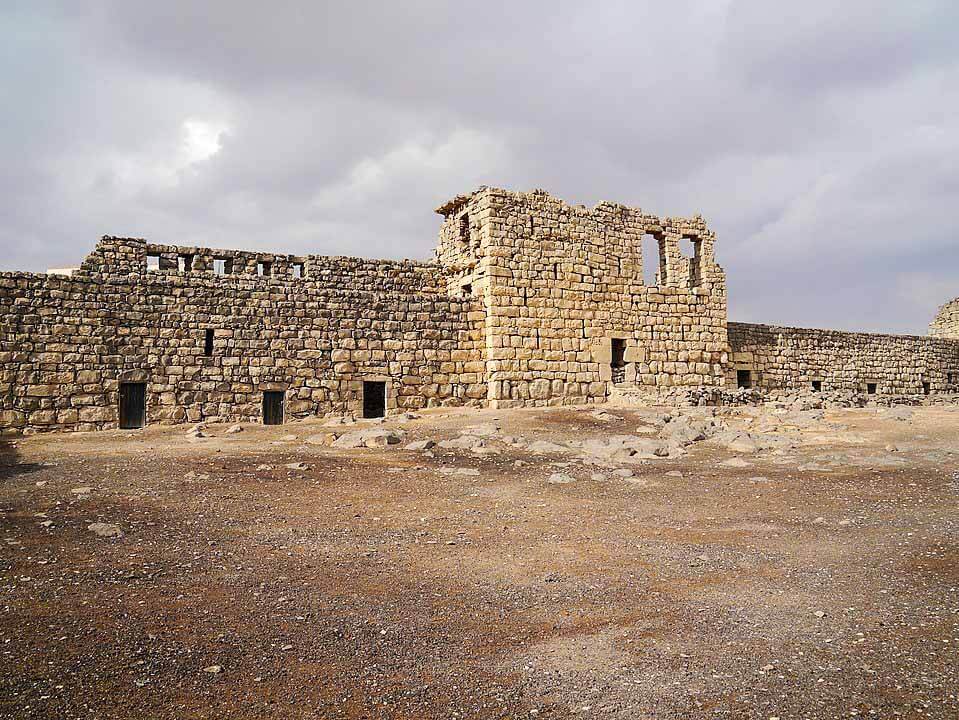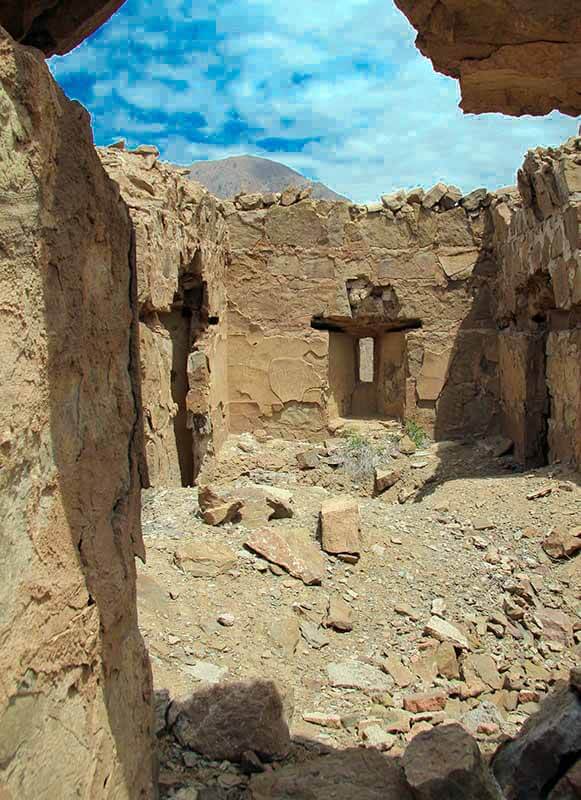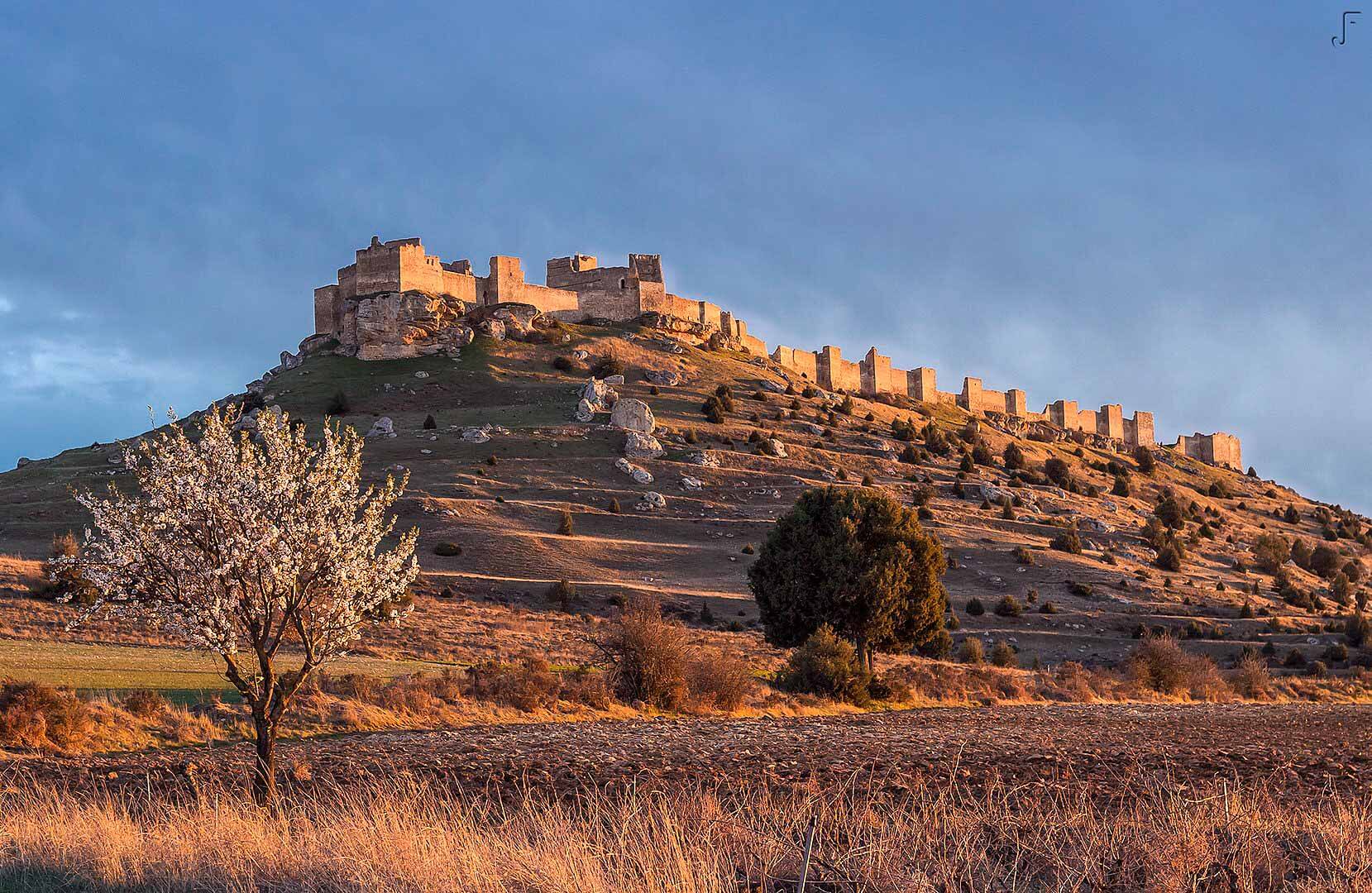Al-Azraq, Jordan
Coordinates: 31.879964, 36.827428
Qasr al-Azraq (Blue Fortress) is a large fortress located in present-day eastern Jordan.
It is one of the desert castles, located on the outskirts of present-day Azraq, roughly 100 km (62 mi) east of Amman.
Its strategic value came from the nearby oasis, the only water source in a vast desert region. The name of the fortress and associated town came from these.
It did not assume its present form until an extensive renovation and expansion by the Ayyubids in the 13th century, using locally quarried basalt which makes the castle darker than most other buildings in the area.
Later, it would be used by the Ottoman armies during that empire’s hegemony over the region.
During the Arab Revolt, T.E. Lawrence based his operations here in 1917–18, an experience he wrote about in his book Seven Pillars of Wisdom.
The strategic significance of the castle is that it lies in the middle of the Azraq oasis, the only permanent source of fresh water in approximately 12,000 square kilometres (4,600 sq mi) of desert. Several civilizations are known to have occupied the site for its strategic value in this remote and arid desert area.
Once inhabited by the Nabataean
The area was inhabited by the Nabataean people and around 200 CE fell under the control of the Romans.
The Romans built a stone structure using the local basalt stone that formed a basis for later constructions on the site, a structure that was equally used by the Byzantine and Umayyad empires.
Qasr al-Azraq underwent its final major stage of building in 1237 CE, when ‘Izz ad-Din Aybak, an emir of the Ayyubids, redesigned and fortified it. The fortress in its present form dates to this period.
Used by Home of T. E. Lawrence in the Arab Revolt
In the 16th century the Ottoman Turks stationed a garrison there, and T. E. Lawrence (Lawrence of Arabia) made the fortress his desert headquarters during the winter of 1917, during the Great Arab Revolt against the Ottoman Empire.
His office was in the chamber above the entrance gatehouse.
According to Lawrence, “Azrak lay favourably for us, and the old fort would be convenient headquarters if we made it habitable, no matter how severe the winter. So I established myself in its southern gate-tower, and set my six Haurani boys to cover with brushwood, palm-branches, and clay the ancient split stone rafters, which stood open to the sky.”
Lawrence wrote of their first night, “…when there rose a strange, long wailing round the towers outside. Then the cries came again and again and again, rising slowly in power, till they sobbed round the walls in deep waves to die away choked and miserable.
Lawrence was told, “…the dogs of the Beni Hillal, the mythical builders of the fort, quested the six towers each night for their dead masters…their ghost-watch kept our ward more closely than arms could have done.”
The connection to “Lawrence of Arabia” has been one of the castle’s major draws for tourists.

















